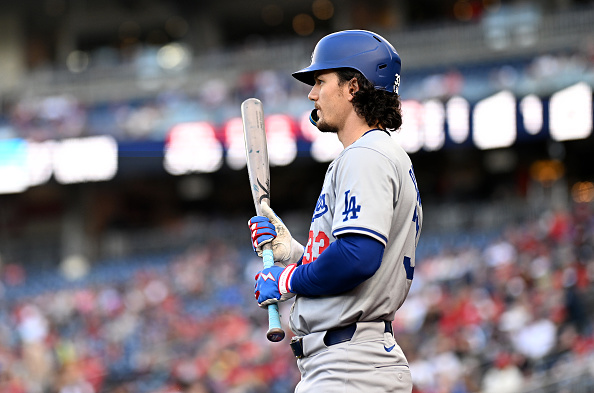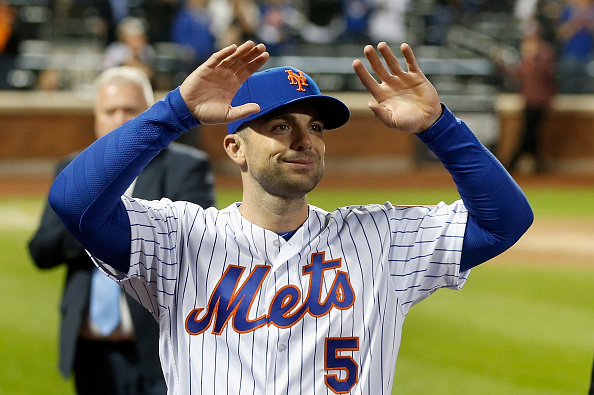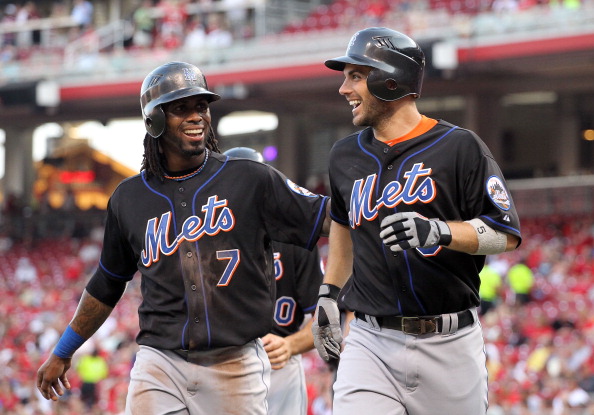After watching six new members inducted last month, there is a chance Jeter could be flying solo to Cooperstown next year.
The Baseball Hall of Fame recently welcomed the latest class of six new members; Mariano Rivera, Lee Smith, Edgar Martinez, Mike Mussina, Harold Baines, and the late Roy Halladay were welcomed into the most exclusive group of baseball immortals. Those six were inducted this summer following the six new members of 2018, five in 2017, and two in 2016. Four of the inductees each of the past two years were selected from the BBWAA ballot election, which will occur this December, while the other two each year were selected by the Era Committee during last year’s Winter Meetings. While a lot of worthy candidates have been inducted, there are still plenty of additional future Hall of Fame players on the upcoming 2020 ballot and this year’s Era Committee choices.
In a few months, the Class of 2020 will be selected by the BBWAA for those still eligible on annual ballots, and the Era Committee for those that are no longer on the ballot from the Modern Era of 1970 through 1987. While judging the merits of players getting into the Hall of Fame is a topic for discussion, we will focus today on the prognostication of the 2020 Hall of Fame class based not only on qualifications but on recent voter behaviors and historical trends we’ve seen.
One thing stands for certain with this upcoming class: Derek Jeter will be leading next year’s class of legends into Cooperstown’s hallowed hall as a sure-fire first-ballot Hall of Fame inductee. Most fans are more curious about whether Jeter follows the same path as former Yankees teammate Mariano Rivera who, as of now, is the only unanimous selection.
The Sure Thing
Derek Jeter’s resume is strong. A lifetime .310 hitter, Jeter accumulated 3,465 hits and hit 260 home runs while playing for five World Series championship teams and hitting .321 for his career in the Fall Classic. The 14-time All-Star also racked up five Gold Glove Awards, five Silver Sluggers, was the 1996 Rookie of the Year, and holds several individual postseason records. The Yankees’ team captain from 2003 through 2014 is as close to a sure thing as you can get to enshrinement.
With Jeter’s fate all but guaranteed for the Hall, who else can we expect to join him on this year’s ballot? Among the other first-time candidates this year, Bobby Abreu, Jason Giambi, Alfonso Soriano, and Paul Konerko should receive some votes as a testimony to their prolific careers but none will approach the percentage of votes needed for induction. However, among the returning candidates to this year’s ballot, there are a pair that have a chance of joining Jeter on the stage next summer.
The Runner-Up
Curt Schilling has steadily received more votes, going from less than 40 percent in 2015 ballot to receiving over 60 percent on the most recent election. Schilling’s tremendous postseason success, three World Series championships, 216 career wins, and over 3,000 strikeouts have earned him Hall of Fame credentials. This year, the six-time All-Star should get the additional 15 percent of the votes required to reach the class of 2020. If he does not reach the 75 percent of votes required for induction, he will probably still finish second in the voting and his lack of induction will be by the narrowest of margins.
The Long Shot
The long shot for next year’s class is the great Canadian slugger, Larry Walker. Walker was a five-time All-Star, won the 1997 National League MVP, has seven Gold Glove Awards and finished his career with an incredible lifetime average of .313 while hitting 383 career home runs. Those are Hall of Fame credentials regardless of where you played your home games.
Walker received just under 55 percent of the vote in last year’s election. That was a 20 percent jump from the year prior. Those factors combined with voters knowing this is his 10th and final year should give him the support needed to get into the Hall of Fame. Tim Raines jumped from 69 percent to 86 percent on his final year on the ballot in 2017. Larry Walker should see similar support this coming election.
Fred McGriff, another worthy Hall of Fame player, didn’t get the votes on his final years on the ballot, but that was affected greatly by the 10-player maximum votes on writers’ ballots. That will change with eight recent Hall of Famers coming off the ballots over the past two years, so Walker could see a significant spike in votes required to reach the 75 percent of required votes. If Walker falls short in his final year of the ballot, he will probably be selected by Era Committee when they next review today’s era of candidates.
The increased number of recent players falling off the ballot in recent years should increase votes for other candidates as well. We will not only see more votes going to Schilling and Walker but also to Omar Vizquel, Scott Rolen, Todd Helton, and Billy Wagner. All of those players make good arguments for their eventual selection in years to come. While Walker needs to receive the 75 percent votes for induction this year or else he falls off the ballot, those other future Hall of Fame candidates can be elected or selected in future years. Right or wrong, this is how the system works as a writer’s opinions of retired greats seems to strengthen as time passes.
What about Roger Clemens and Barry Bonds? Each finished second and third to Curt Schilling in votes received last year for those not elected and their playing careers are certainly worthy of Hall of Fame plaques. Although it may seem they have Hall of Fame resumes, there is still more than 25 percent of baseball writers casting votes that will not include those players on their ballots.
Those players with ties to PED use during their playing careers are continuing to see ommission from many ballots. This will continue this year and prevent Barry Bonds, Roger Clemens, Manny Ramirez, Sammy Sosa, Gary Sheffield, Jason Giambi, and Andy Pettitte from getting the votes needed for induction. While fans can debate all day on the merits of this logic, unless there is a radical change in this view point, none of those players will get the votes needed for induction into the Class of 2020.
So, that’s the open ballot predictions. Now, what about the Era’s Committee? This committee, consisting of a small group of Hall of Famers, veteran sports writers, and executives, contributed to the election of Lee Smith and Harold Baines this past year and Alan Trammell and Jack Morris the year prior. They were also responsible for Bud Selig and John Schuerholz getting inducted in 2017.
This committee will be selecting players in December, and they will be selecting from a yet-to-be-announced group of players, executives, umpires, and managers from the Modern Era (1970-1987). Names expected to be strong contenders for an Era Committee selection would include Marvin Miller, Ted Simmons, Don Mattingly, Steve Garvey, Bobby Grich, Lou Whitaker, and Dale Murphy.
Among those, catcher Ted Simmons should get selected along with modern free agency advocate, pioneer and former MLBPA Director, Marvin Miller. Simmons received 68 percent of the Era Committee’s votes last time. The modern era candidates were elected and that’s enough of an indication Simmons will get in this time around. Simmons spent much of his career playing in the shadow of Johnny Bench in the National League but his eight All-Star game appearances, .285 lifetime average, nearly 2,500 hits, and 248 career home runs should finally earn him enshrinement into the Hall.
While Derek Jeter is the one and only “sure thing” for next year’s Hall of Fame induction, there is reason to believe he will be going in along with Schilling and two Era Committee selections.
Class of 2020 Prediction: Derek Jeter, Curt Schilling, Ted Simmons and Marvin Miller
Long shot: Larry Walker






